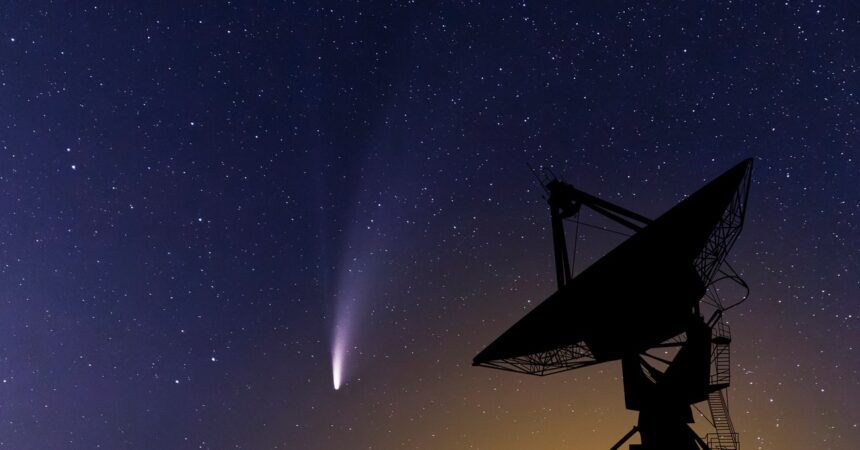Comet Atlas C/2024 G3: A Celestial Spectacle on the Horizon
As we bid farewell to the Quadrantids meteor shower, the cosmos prepares to unveil another extraordinary sight—comet Atlas C/2024 G3. Expected to reach perihelion, its closest point to the sun, on January 13, 2025, this remarkable comet could become the brightest of the year, especially given that few other comets will be visible to the naked eye. In this blog post, we’ll explore what makes C/2024 G3 special and how you can observe it.
The Journey and Discovery of Comet C/2024 G3
Discovered on April 5, 2024, by the Asteroid Terrestrial-Impact Last Alert System (Atlas), C/2024 G3 originates from the Oort Cloud, a distant region filled with the remnants of the solar system’s formation materials. This fascinating celestial body travels on a long, elliptical orbit that brings it close to the sun approximately every 160,000 years, with its last known perihelion occurring around that timeframe.
As it approaches the sun in January 2025, C/2024 G3 will come within a mere 13.5 million kilometers—significantly closer than Mercury’s average distance of 47 million kilometers. When it reaches perihelion, calculations from the Planetary Society suggest that C/2024 G3 could shine with a brightness of magnitude –4.5, rivaling Venus and making it perceivable to the naked eye, especially for observers in the southern hemisphere.
Will the Comet Survive Its Close Encounter?
One of the most intriguing aspects of comets is their struggle for survival as they approach the sun. The intense heat during perihelion raises questions about whether C/2024 G3 will withstand the encounter. Nick James, director of the Comet Section of the British Astronomical Association, highlighted the risks, stating, “It will be very heated and may not survive.” If it does endure, C/2024 G3 could present a stunning display in the sky post-perihelion.
Optimal Viewing Conditions
Should C/2024 G3 survive its momentous journey, January 13, 2025, presents an excellent opportunity for observation. Southern hemisphere viewers can expect to see the comet to the west just after sunset. However, in the northern hemisphere, visibility will be more challenging; the comet will be low on the horizon and easily obscured by twilight.
Safety Precautions: Observers attempting to view the comet should exercise extreme caution, particularly because of its proximity to the sun. Looking directly at the sun without appropriate eye protection can result in permanent damage.
Challenges and Additional Factors Affecting Observation
The lunar cycle may pose additional challenges. On January 13, the moon will be in its waning phases, casting light that could interfere with the classic view of the comet. For better visibility, those in the southern hemisphere may still have success using binoculars or telescopes, enhancing their chances of spotting this magnificent celestial body.
How to Stay Updated and Follow the Comet
For those eager not to miss the celestial spectacle, there are several resources available. The Solar and Heliospheric Observatory (SOHO), equipped with its Lasco C3 coronagraph, will provide images of the comet as it approaches. Additionally, the IAU Minor Planet Center and the Comet OBServation (COBS) database will offer regular updates and tracking information.
Conclusion
Comet Atlas C/2024 G3 promises to be one of the most significant astronomical events of early 2025, capturing the attention of skywatchers around the globe. As we prepare for this potential marvel, remember to stay informed and take necessary precautions for safe observation. Whether you’re a seasoned astronomer or a curious newbie, make sure to mark your calendar and keep an eye to the skies—this could be a once-in-a-lifetime sight!
Stay tuned for more updates as we approach the comet’s much-anticipated appearance. Happy stargazing!









